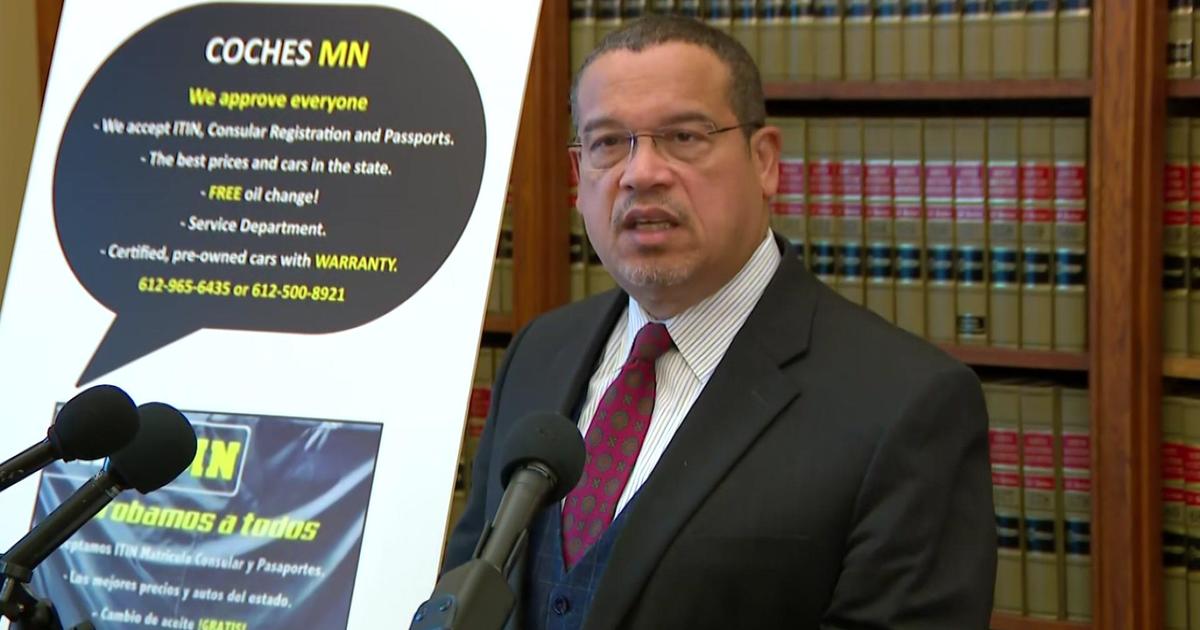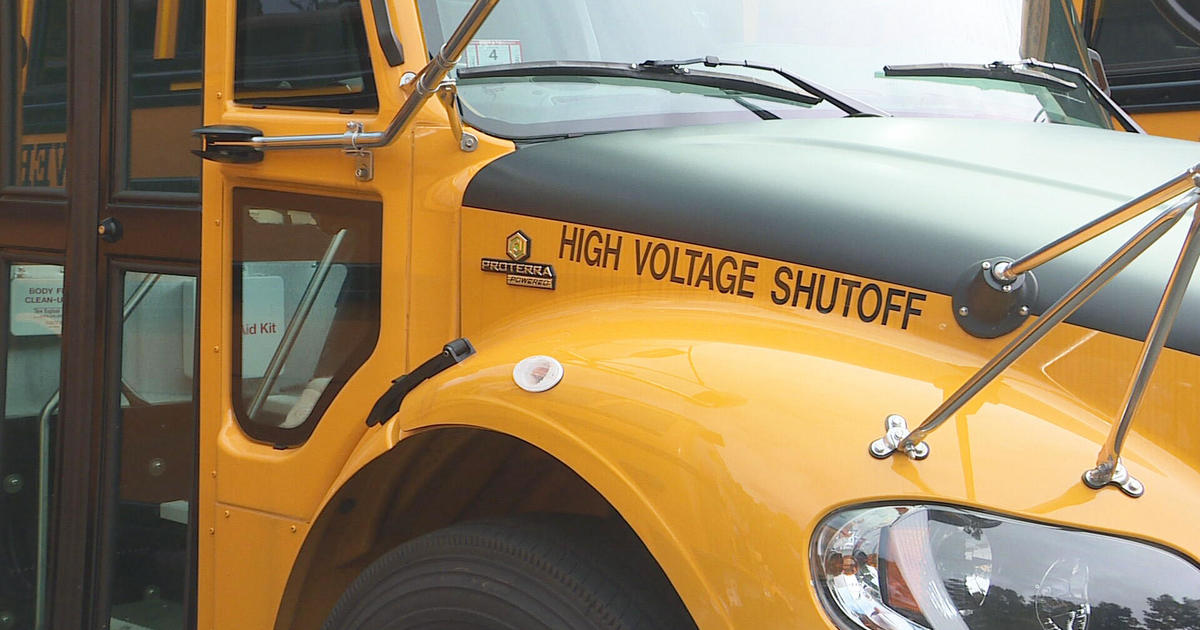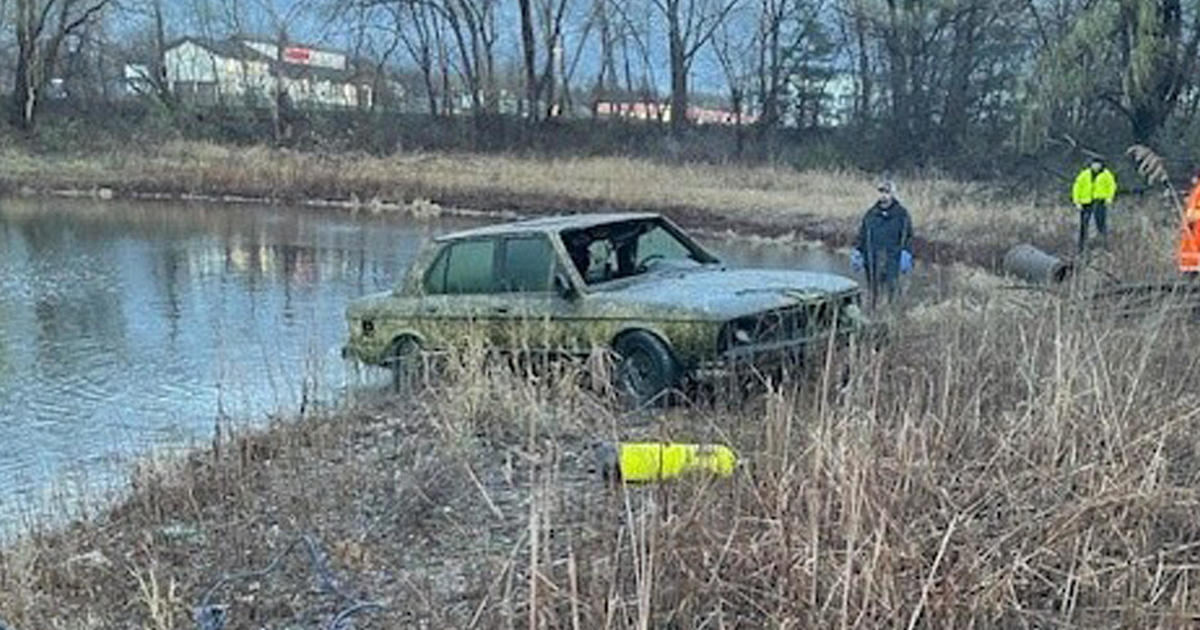Minn. Lawmakers Prep For Flood Relief Session
ST. PAUL, Minn. (AP) -- Republican lawmakers who oversee state spending said Tuesday they had "sticker shock" when Minnesota's top emergency management official laid out a $190 million flood relief package for northeastern and central Minnesota communities.
The proposal goes beyond a $27 million match for federal disaster aid to include assistance that ranges from $82 million in road and bridge fixes to debris removal, economic development grants, home repair loans and debt service for three flood-stricken cities. The state would pay for the aid by taking $55 million from a rainy-day account and issuing bonds.
Senate Finance Committee Chairwoman Claire Robling, R-Jordan, said she was expecting a smaller state aid request ahead of a special session tentatively set for Aug. 24. Robling said the state won't be able to make everyone affected by the June flooding whole.
"If we have a washout in our field, we don't call the government to fix it," Robling said. "It's one of those things. This was a big disaster and there are a lot of consequences, but there is going to be some personal responsibility on private property as well."
June brought severe flash floods to Duluth and other cities in northeastern Minnesota and flooding to parts of central Minnesota. It washed out roads, carved sinkholes under streets, destroyed some homes and swamped the basements of others.
Homeland Security and Emergency Management Director Kris Eide predicted that the damage to public roads and other infrastructure alone will top $150 million, above an initial $108 million estimate. The floods damaged 1,700 homes.
Democratic Gov. Mark Dayton and Republican lawmakers rarely agree on how much the state should spend, period. But both sides have promised to do what they can to help 15 counties and three tribal governments recover. Dayton isn't expected to call the special session until they agree on the disaster bill.
House Ways and Means Committee Chairwoman Mary Liz Holberg, R-Lakeville, raised concerns about drawing disaster money from the budget reserve because it could ultimately drag out repayment of money borrowed from schools. If the state has a surplus, the extra money has to go first to the rainy-day fund; any leftover dollars then go toward paying back schools for delaying their state aid checks to erase previous state deficits.
"I don't know that I like the dynamics of that," Holberg said.
Democrats from flooded districts said flood victims are still struggling to remove sediment from their yards and replace furnaces before winter arrives.
"People are not asking to be restored whole," said Rep. Kerry Gauthier, DFL-Duluth. "They're doing the best they can and they're having some faith in their government to help them out."
Gauthier added: "If we can't depend on government to help us during disaster, when can we?"
A presidential disaster declaration approved last month brings federal aid for three-quarters of the public infrastructure damage. But the Federal Emergency Management Agency denied Gov. Mark Dayton's request for individual assistance to help homeowners and business owners. Eide said she isn't counting on Dayton winning an appeal of that decision.
The proposed state package also includes $7.8 million for damage from July windstorms in five northern Minnesota counties and one tribal reservation, a disaster that didn't qualify for federal aid.
Eide said the flash floods were enough to make an impression, even on those who deal regularly with floods and other natural disasters.
"We think we've seen them all. But this was a big disaster," Eide said.
(© Copyright 2012 The Associated Press. All Rights Reserved. This material may not be published, broadcast, rewritten or redistributed.)



